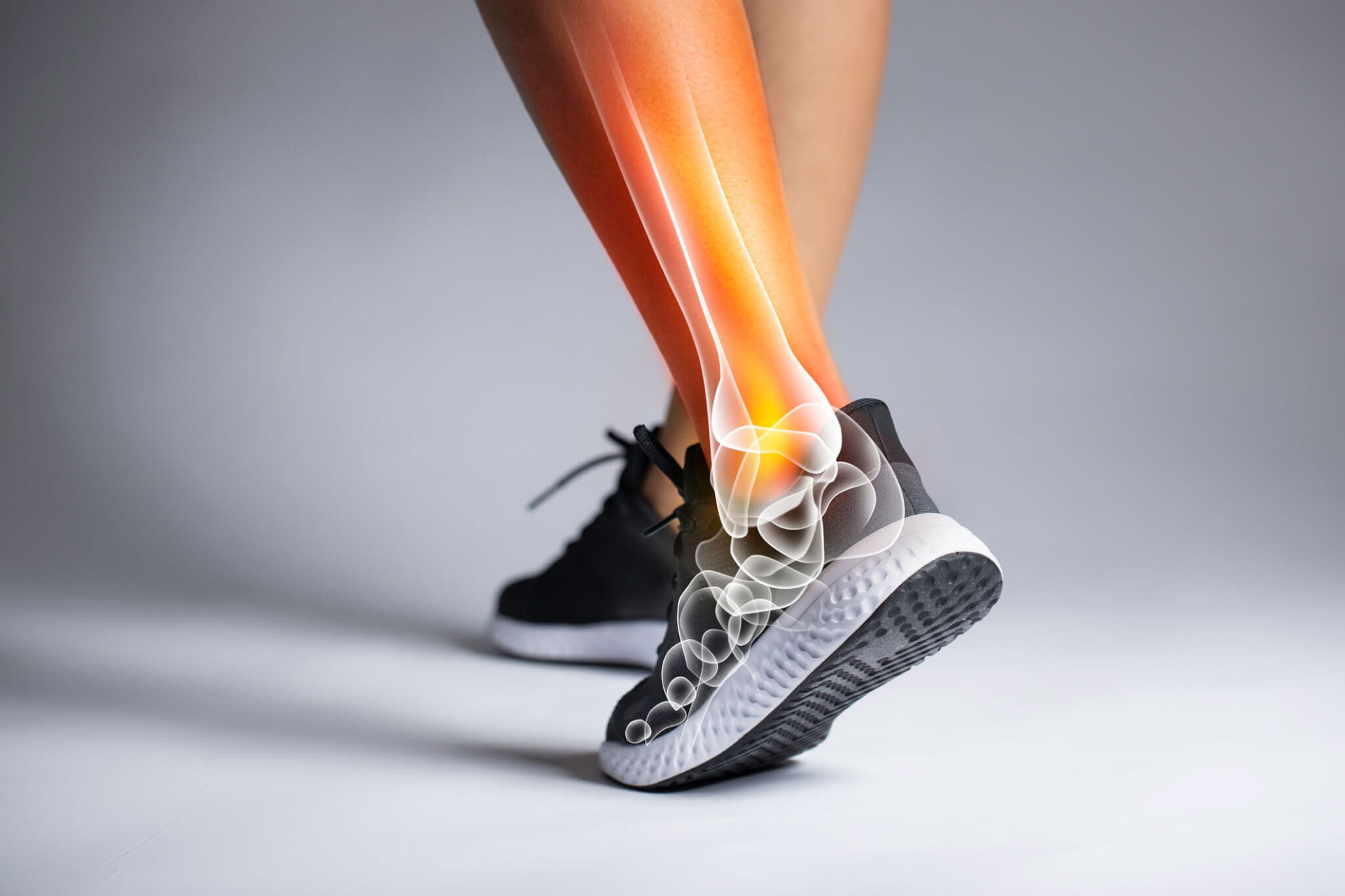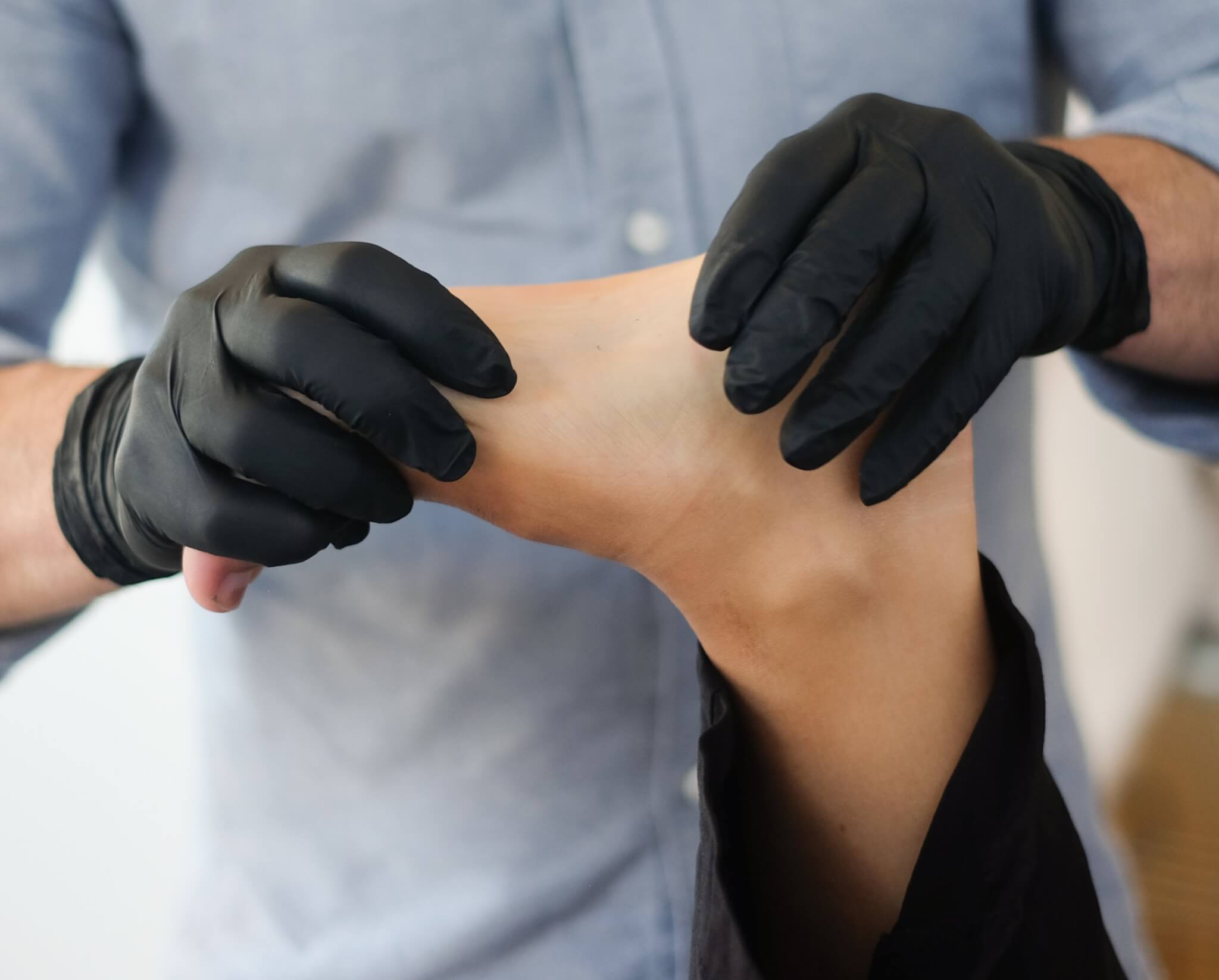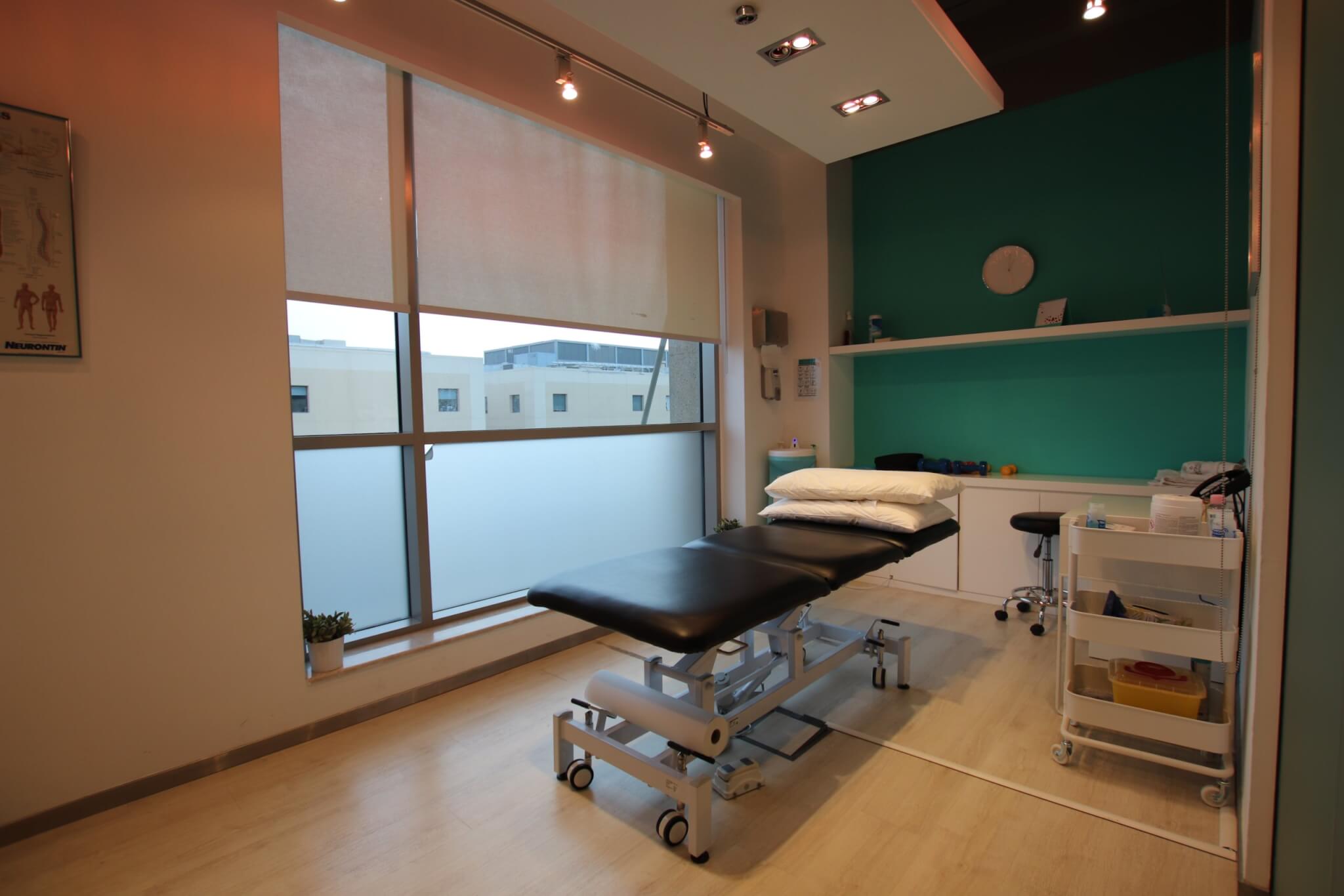BIOMECHANICAL ASSESSMENTS, GAIT ANALYSIS AND FOOT ORTHOSES IN STREATHAM, LONDON
• Quality assessments for adults and children
• Specialist podiatrist and advanced technology
• Improve performance with reduced pain and injuries
What is a biomechanical assessment?
Walking, running, and dancing problems can be serious. It can be even more devastating if it affects your quality of life, health, or livelihood. Joint pains, hard skin, and recurring injuries may indicate an imbalance as our bodies change.
Our feet and legs are exactly like the moving parts in the engine of a car. Changes that happen slowly and invisibly can suddenly cause pain or recurring issues. A biomechanical assessment is like looking under the bonnet of a car to understand why problems are occurring and how to optimise performance.
Who needs a biomechanical assessment?
Anyone concerned about problems when walking, running or performing may have a biomechanical issue. Recurring aches, pains or injuries, or a change in foot shape, such as lowering of the arches or toes clawing or changing position, may all be related to underlying forces. Usually, a patient is recommended to have a biomechanical assessment by a medical or healthcare professional. A podiatrist, physiotherapist, orthopaedic surgeon, or GP may have explained the issue and suggested an assessment.
Daud Abdirahman, our biomechanics specialist, has been through his own personal journey at the very top of sport, though it’s not necessary to be an elite athlete to see him. Daud works with children and adults with walking or running problems, and with a wide variety of disabilities and health problems. He also helps athletes from a wide variety of disciplines, and those from the world of dance and performance.
We seek long-term solutions for a wide variety of foot and leg problems and perform an assessment to:
- Identify the underlying cause of your problems or concerns
- Discuss what options are available
- Explain what treatment can realistically achieve
What should I bring to a biomechanical assessment?
When attending a biomechanical assessment, we recommend going through the following checklist:
- Wear loose trousers that can be rolled above the knees, or bring some shorts to change in to
- Bring in anything you have been given in the past, such as old orthoses or insoles, even if they did not help.
- Bring in a selection of shoes that you normally wear, including your every day shoes and any used for specific sports.
- Bring a list of anything you think is relevant, such as a history of any injuries, surgery or medication you are taking.
What does treatment involve?
Once we understand the underlying cause of your problems, we will explain how we can help. This may involve stretches, exercises, manipulations, or orthoses. If further treatment or costs are involved, we will explain these to you. You will not be under any pressure to commit to any treatment. We are here to offer choices and help.
Occasionally, a problem may need physiotherapy, or imaging, or a referral to a hospital specialist. If this is the case, we can discuss with you how we can most effectively get the help you need. We will only communicate with other healthcare or medical professionals with your approval.
We have built our 30 year area-wide reputation working with exceptional professionals, so you can have confidence in the advice and care you will receive.
FAQ 1
Lorem ipsum dolor sit amet. Quo quia debitis et porro sunt qui minima repellat sit pariatur veniam. Non expedita modi et magni quasi ad expedita aperiam. 33 deserunt voluptatem ea facilis illum quo ullam labore et maiores fugit sed eligendi ipsam et dolore consequatur ut quas nihil.
Sit velit magnam ut aspernatur magnam qui dignissimos quasi ut facilis voluptatem ex tenetur sapiente aut corporis velit sit dignissimos sunt. Id quae provident sed ratione distinctio et pariatur fuga. A culpa quas est corrupti omnis non vero debitis?
FAQ 2
Lorem ipsum dolor sit amet. Quo quia debitis et porro sunt qui minima repellat sit pariatur veniam. Non expedita modi et magni quasi ad expedita aperiam. 33 deserunt voluptatem ea facilis illum quo ullam labore et maiores fugit sed eligendi ipsam et dolore consequatur ut quas nihil.
Sit velit magnam ut aspernatur magnam qui dignissimos quasi ut facilis voluptatem ex tenetur sapiente aut corporis velit sit dignissimos sunt. Id quae provident sed ratione distinctio et pariatur fuga. A culpa quas est corrupti omnis non vero debitis?
FAQ 3
Lorem ipsum dolor sit amet. Quo quia debitis et porro sunt qui minima repellat sit pariatur veniam. Non expedita modi et magni quasi ad expedita aperiam. 33 deserunt voluptatem ea facilis illum quo ullam labore et maiores fugit sed eligendi ipsam et dolore consequatur ut quas nihil.
Sit velit magnam ut aspernatur magnam qui dignissimos quasi ut facilis voluptatem ex tenetur sapiente aut corporis velit sit dignissimos sunt. Id quae provident sed ratione distinctio et pariatur fuga. A culpa quas est corrupti omnis non vero debitis?



